Search
Categories
Archive
- September 2022
- February 2022
- September 2021
- May 2021

Objects made in the furnace require the tempering process.Once modeled, the product is placed in a dedicated oven to cool very slowly. This prevents the object from breaking as it hardens. The conc...
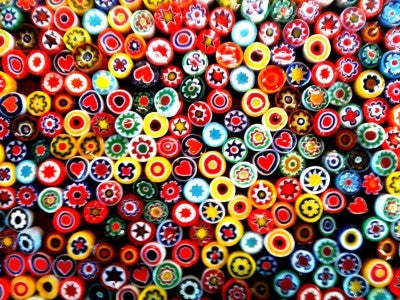
Murrine glass: history and production of a Muranese icon
Murrina (plural murrine) indicate coloured patterns or images made in a glass cane (long rods of glass) that are revealed when cut in cross-sections. The term murrina, derives from Murrino, name ...

It must be said that this type of bonding is recommended for professionals, although with a little good will it can also be used by enthusiasts and hobbyists. Gluing in Murano furnaces is becomin...
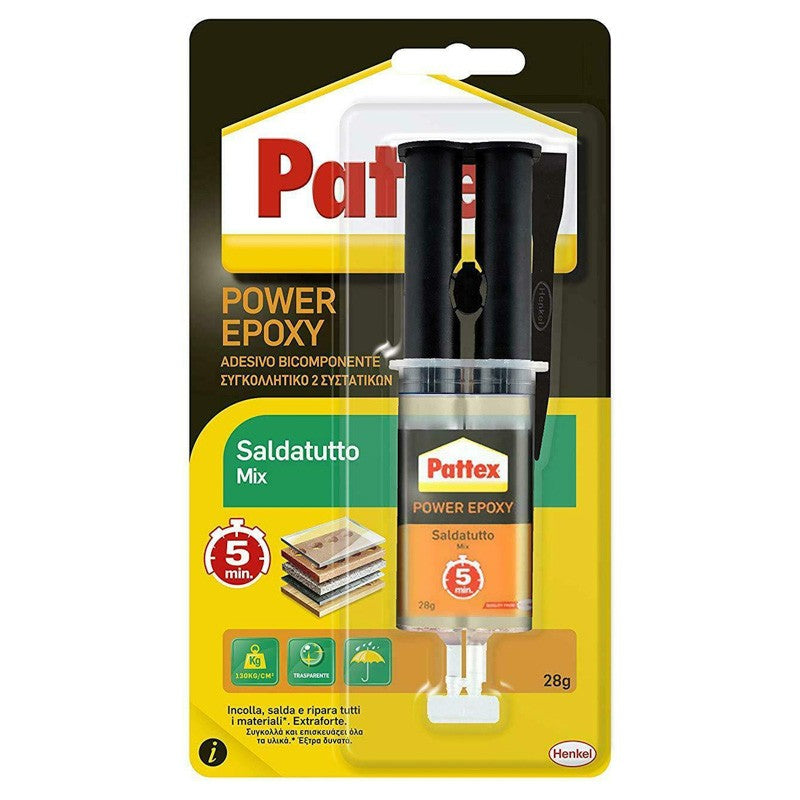
It is used in two particular cases: when the surfaces do not match perfectly and there are spaces to fill, or when the glass is opaque and the glue in place is not usable the UV polymer glue. ...

How and what to use for gluing glass
Until a few decades ago, the use of glue was seen by glass masters as a sign of inadequacy. Executions that included glued pieces were considered not up to the millennial tradition and consequentl...

Trade name (proprietary trademark) of a type of borosilicate line with a very low cubic expansion coefficient and therefore resistant to thermal shock: it is used for industrial and laboratory...
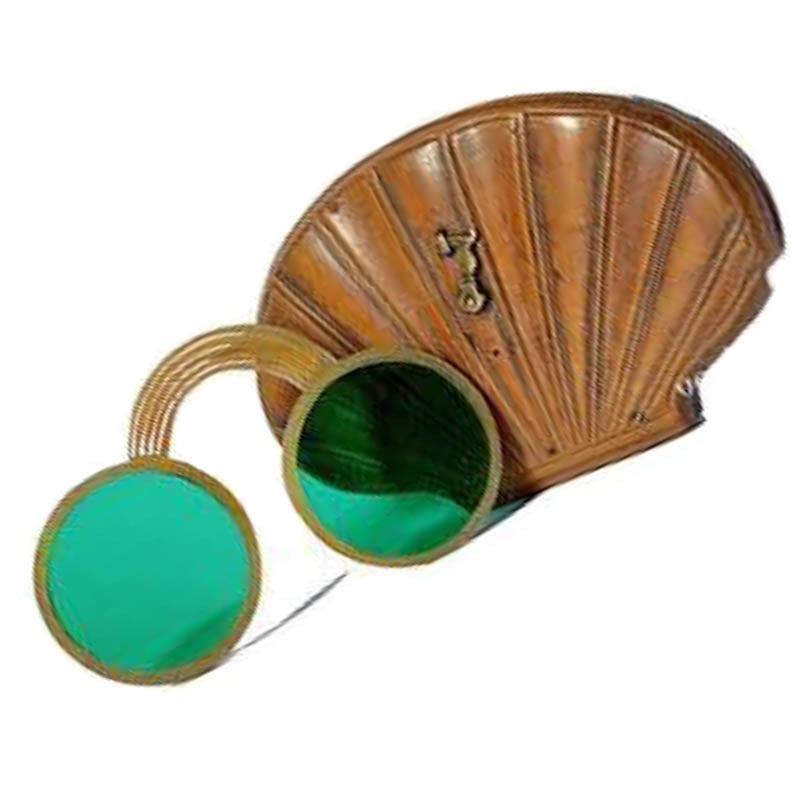
Occhiali (eyewear) - the true story
It is almost certain that the first sunglasses were made in Murano. The first lenses in history date back to 1100. They were made by an anonymous master glassmaker from Murano and, des...
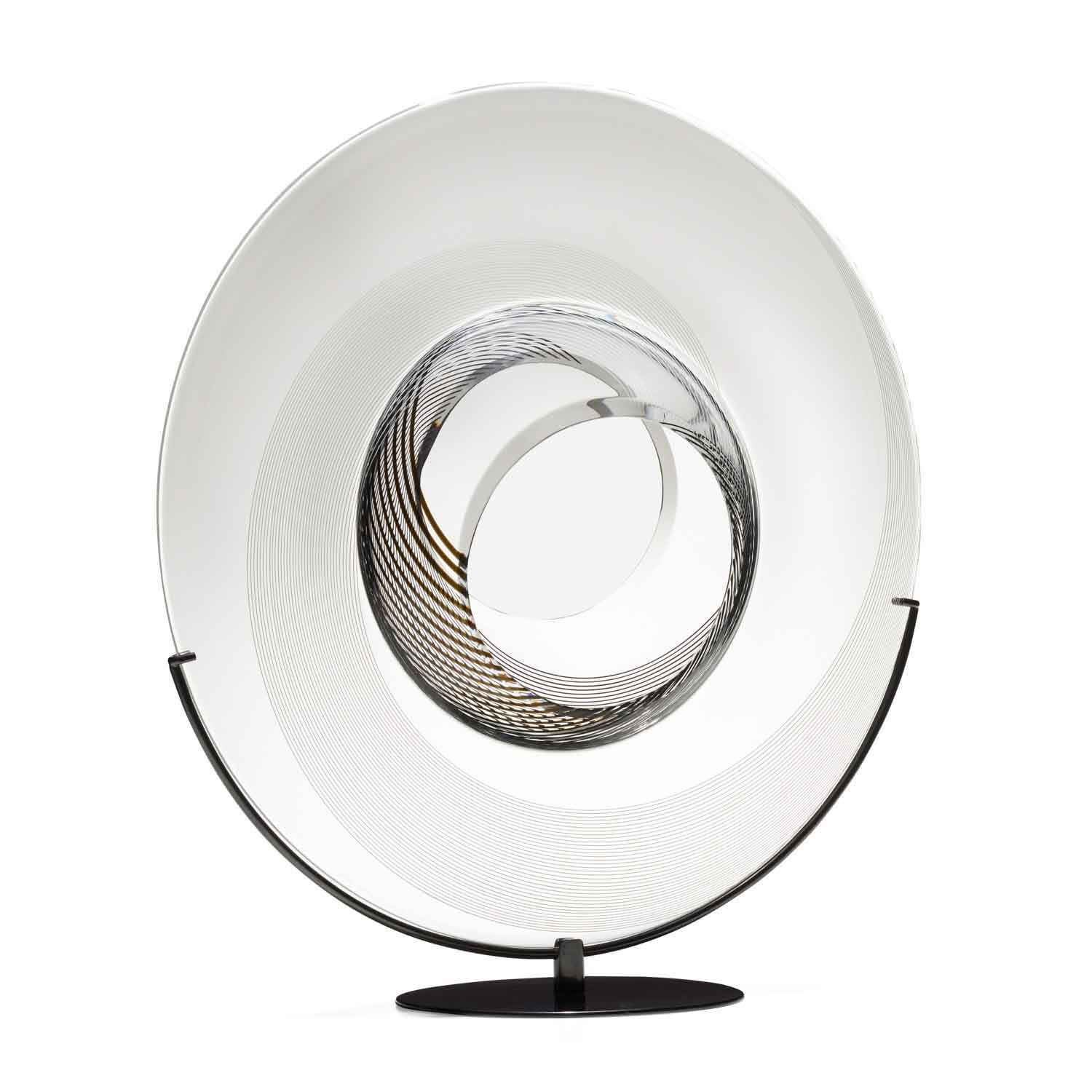
The name alludes to the planet Saturn. It describes a spherical, solid, multicolored glass object distinguished by a prominent ring-shaped collar.This method was pioneered by Lino Tagliapietra a...
Glass is transparent, relatively hard, inert from a chemical and biological standpoint, and has a very smooth surface. These characteristics make it a material used in many areas, but at the s...

Non-circular plant mold. The glass is then blown into the mold without the possibility to rotate it as in the round mold, with this system the surface appears less smooth and as hammered. This inco...

This is a variant of the filigrana already known in Murano in the XVI century. It is obtained by joining two colonical vases under heath, covered externally with thin coloured rods, one arranged cl...

This is a glass that imitates the effect caused by long periods spent underground, typical of glass objects found during archaeological diggings: ancient glass acquires a dusty patina from minerals...
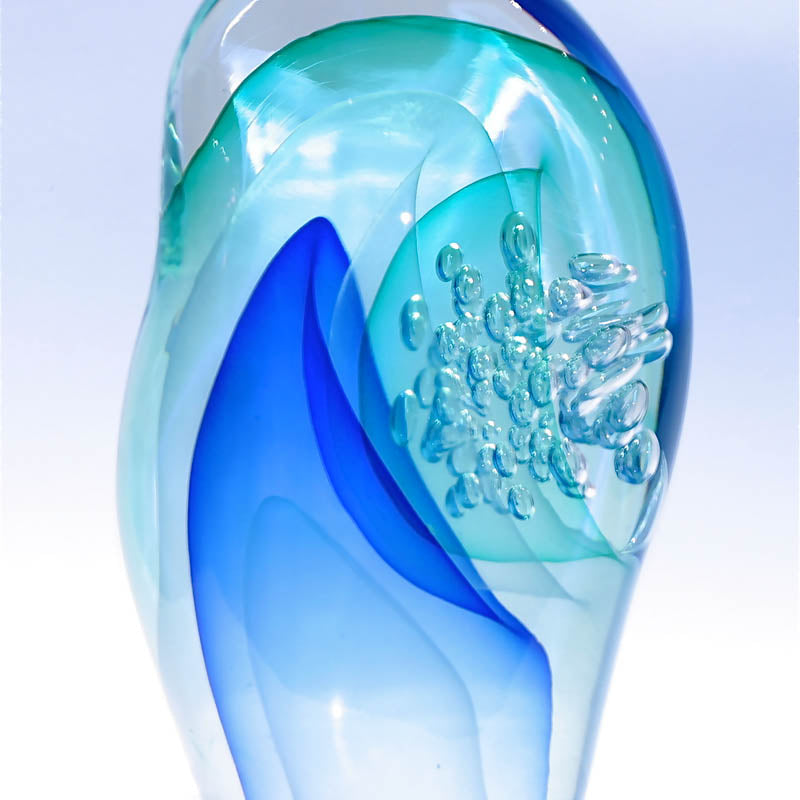
One of the most exciting Murano techniques, it is very rare to be able to witness this magic.
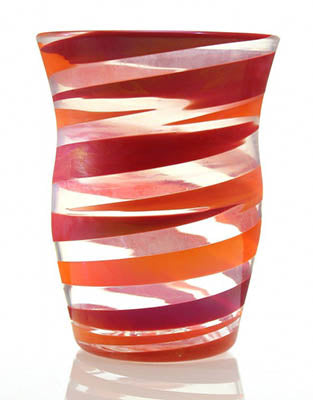
This glass was invented by Carlo Scarpa for Venini & Co. in 1940. On the vitreous mass of an object still on the blower's pipe, small balls of coloured glass a...
This technique takes advantage of metal oxides contained in the glass used. These parts are made to react with silver leaf, applied during the processing. The elements react, creating a p...
This is a coloured opaque glass whose preparation is based on the same principle as the lattimo glass: in this case, however, white microscrystals are dispersed in a coloured vitr...
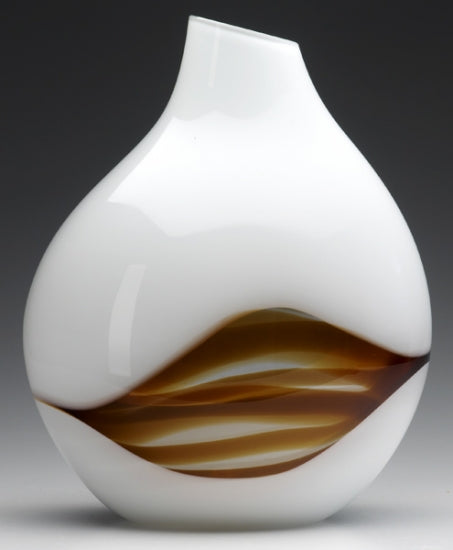
See Lattimo . To understand what is the opalino glass, it's necessary to know what the lattimo is. The lattimo glass is a white opaque glass, invented in Murano during the second half of...
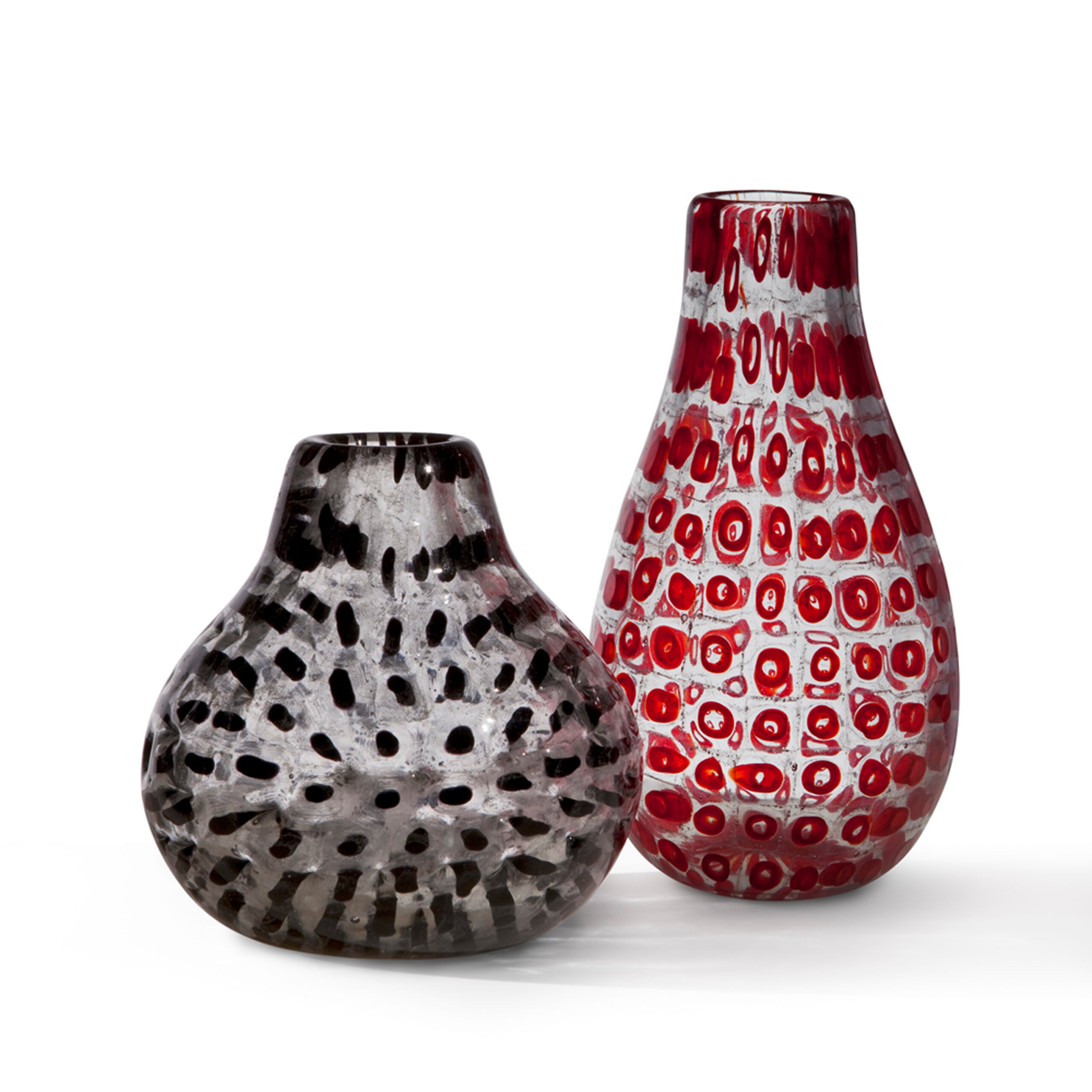
This series of clear glass murrine items was exhibited for the first time at the 22nd Venice Biennale (1940) and is a very rare variation of the opaque murrine and ground murrine glassware exhibi...
